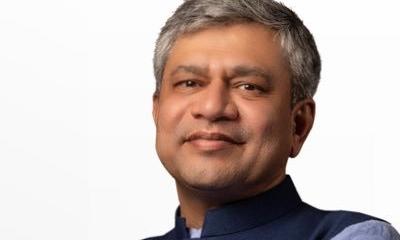
New Delhi: The Centre on Monday approved a slew of key decisions, including the second edition of the permanent account number or PAN 2.0 project of the income tax department with an estimated cost of Rs 1,435 crore, enabling technology driven transformation of taxpayer registration services. The government, however, aims to emphasize a digital and paperless process for PAN issuance and a grievance redressal mechanism, making the system more efficient and user-friendly.
Briefing the media after the cabinet meeting, Union minister Ashwini Vaishnaw said that the Cabinet Committee on Economic Affairs (CCEA), chaired by the Prime Minister Narendra Modi, has given its approval for the PAN 2.0 project I-T department. “The ambitious project is being built at an estimated cost of Rs 1,435 crore, where it will roll out a free-of-cost upgrade to the PAN card with a QR Code,” Mr Vaishnaw said.
“The existing system will be upgraded and the digital backbone will be brought in a new way… We will try to make it a common business identifier. There will be a unified portal, it will be completely paperless and online. The emphasis will be on the grievance redressal system,” the minister said.
He further said that all PAN, TAN services will be integrated together to build a common business identifier, which was a long-standing demand from the commercial world. “A PAN data vault system would be made mandatory for all entities using PAN data so that the data provided by consumers can be kept safe,” he added.
Meanwhile, the CCEA also approved two hydropower projects worth a total investment of Rs 3,689 crore in Arunachal Pradesh. After the Cabinet meeting, Mr Vaishnaw told the media that the CCEA approved an investment of Rs 1,750 crore for the construction of 186 MW Tato-I Hydro Electric project and Rs 1,939 crore for 240 MW Heo Hydro Electric project in Shi Yomi district of Arunachal Pradesh.
The projects will be implemented through joint venture companies between North Eastern Electric Power Corporation Ltd (NEEPCO) and the government of Arunachal Pradesh. “Power generated from the two projects will help improve the power supply position in Arunachal Pradesh and will also help in balancing the national grid,” the minister said
